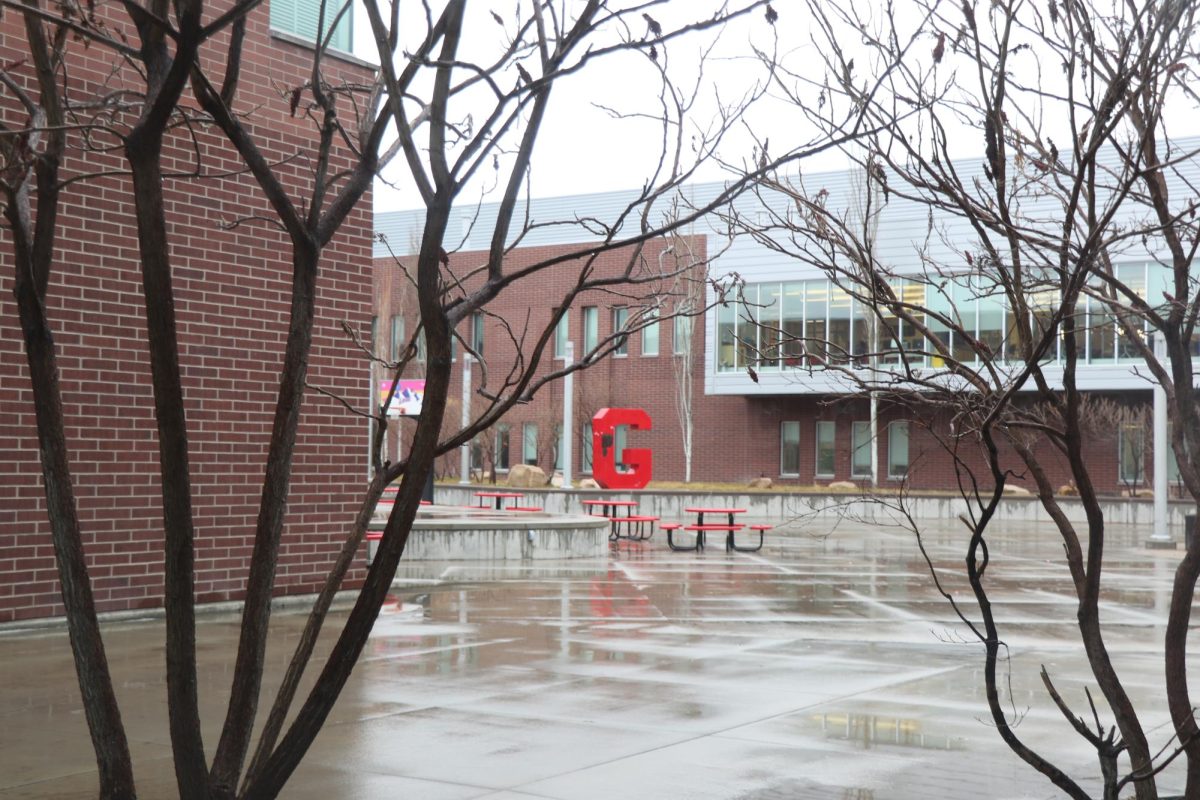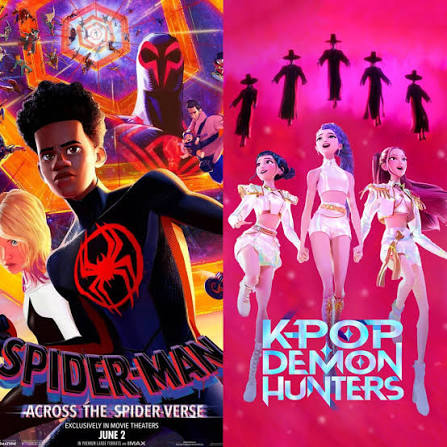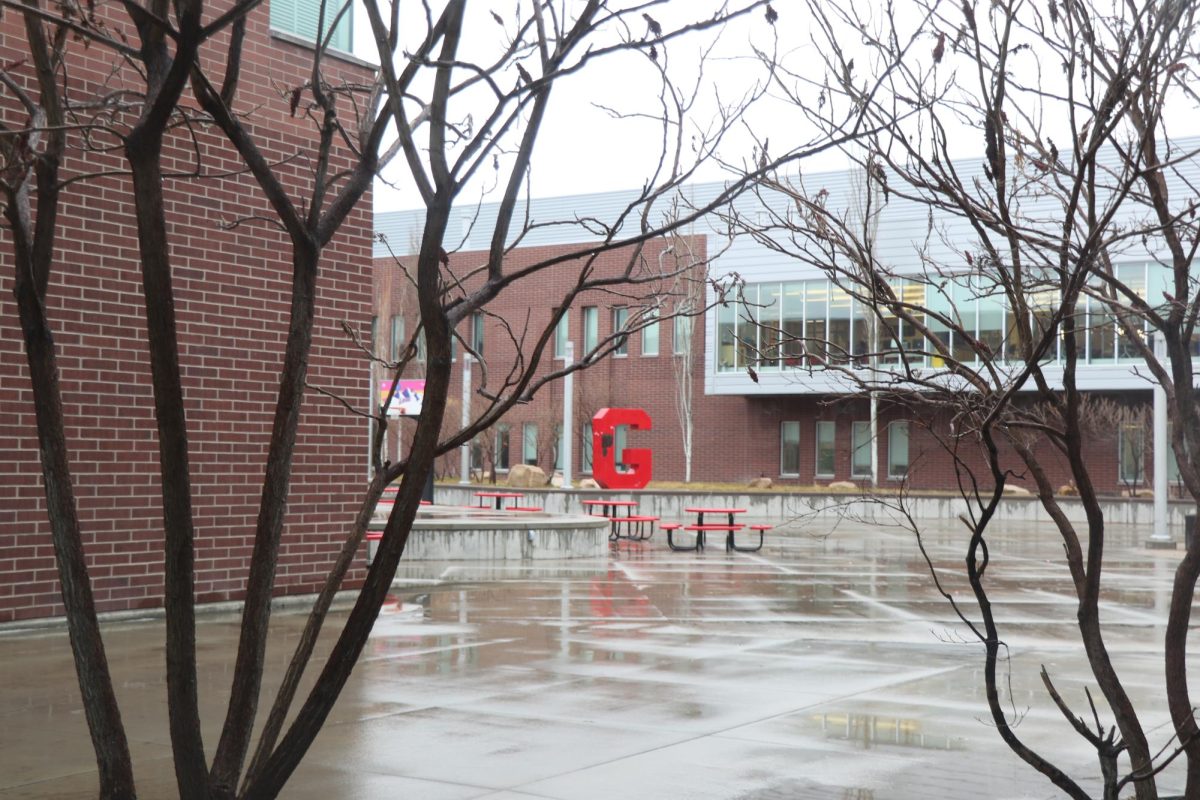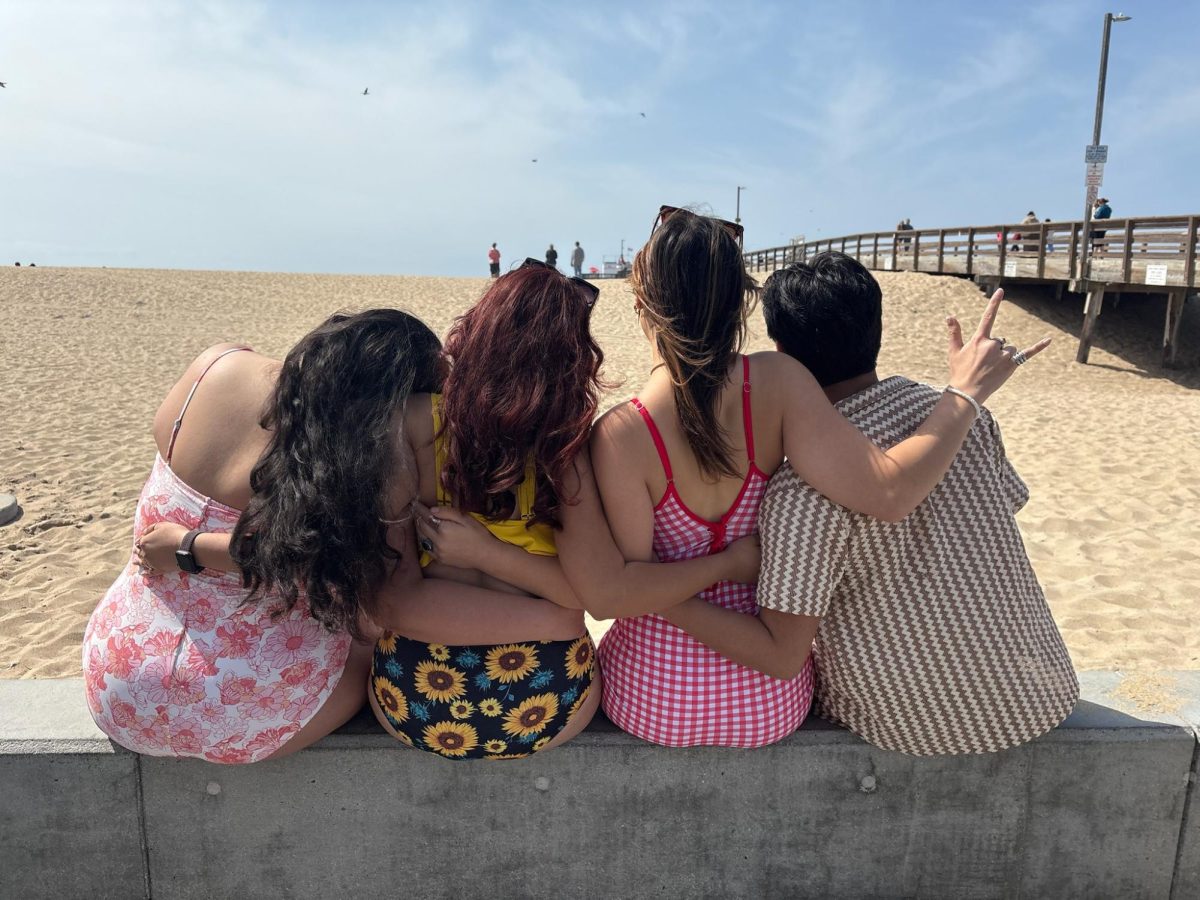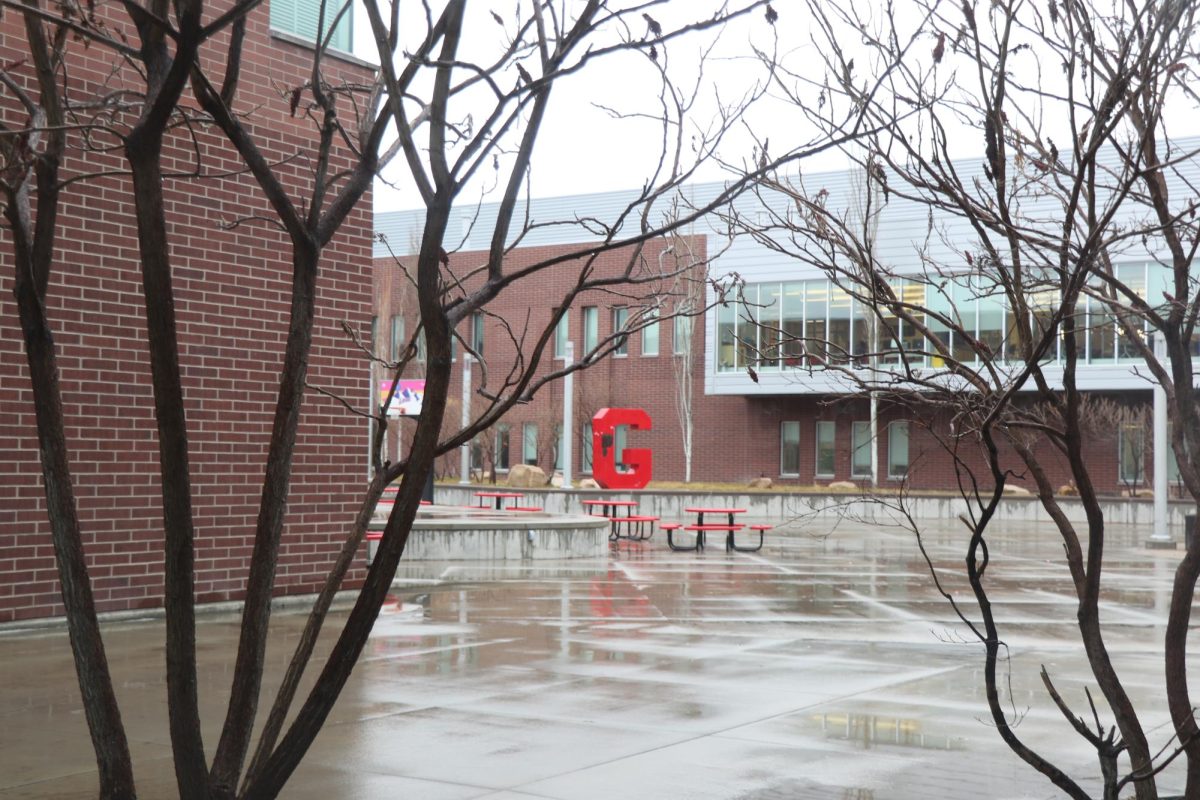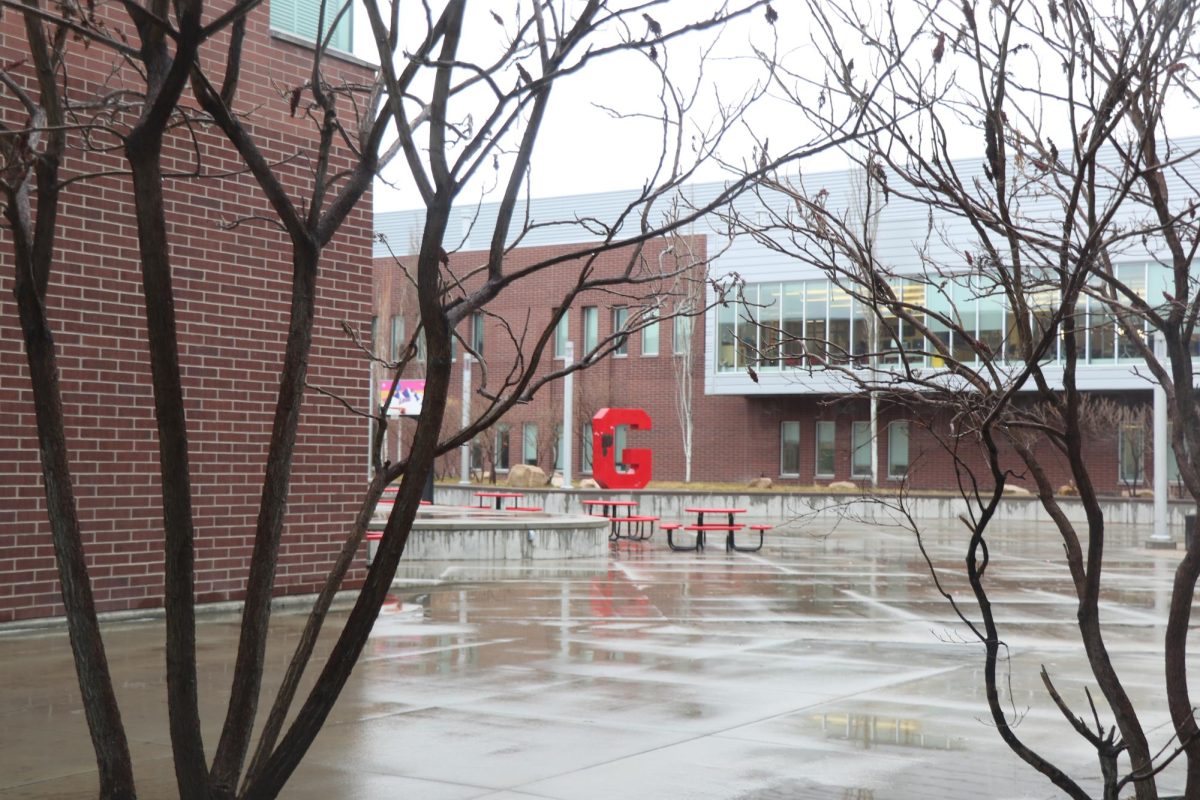In the third quarter of my junior year, I was shopping around for classes to fill my senior class schedule. I had most of my credits fulfilled, so apart from a handful of art credits, I had free reign over my schedule. As such, I looked for what appealed to me, rather than what got the job done. This led me to journalism.
Now, I’ve had an interest in journalism since I was little — my parents had subscriptions to Time Magazine and the Wall Street Journal that I read whenever I could — but this was my first opportunity to do journalism. I’d also read the school paper before, but I never thought I would be behind the notepad myself. The idea fascinated me, so I decided to take it.
Mr. Carlisle, the journalism teacher, laid out the article process plainly for us. Get some interviews, take some pictures, figure out what’s happening, and put it all together. He also made something very clear: if we didn’t like the topic we were writing about, he insisted that we write about something else.
Thankfully, it didn’t take long to find a topic I was passionate about. Granger was set to hold a press conference on a bill that Utah State Senator Lincoln Filmore was proposing about devices in public schools. Essentially, it was a statewide ban on phones in schools. Since this story happened right on our school grounds, and phones were already a hot topic to begin with, I felt this was the perfect topic for my first article. I got a quote from Senator Filmore, typed up some notes from the press conference, and put it all together.
My article was done ahead of time, so Mr. Carlisle pulled me aside to give me an assignment to do in the meantime. I mentioned in passing that I’d get to it once I finished editing my friends’ articles, and he chimed in, “Would you like to edit the other kids’ articles, too?” I agreed, and from then on, I was one of two copy editors for the Tri-Color Times. For the rest of the year, nearly every article came to my desk to be cleaned up.
Although most kids had established a workflow, we still had some challenges ahead of us. Articles are a unique form of text, and they’re often difficult to write. As such, Mr. Carlisle was often forced to push back publishing dates due to a lack of finished articles. We also lost about half the class between semesters. However, as the year progressed, we were able to hit more consistent publishing dates. Additionally, we added some new reporters at the turn of the semester, and they were able to quickly push through into the strange nature of article writing. Through these challenges, we got back on our feet and kept doing journalism.
Despite all this, however, our biggest hurdle is actually getting papers into kids’ hands. We put all this effort into the newspaper — from learning from industry experts to going all the way to the state capitol to shoot photos — but what does it matter if the paper just sits in the back of the classroom? This is a problem that, while it may never truly be solved, is one we are working on. Whenever we distribute papers, we do a quick, two-minute pitch on the paper to the students in the rooms we deliver to. We’ve also set up tables at lunch to hand out the paper to any interested students. The Tri-Color Times is meant to be an open forum for open student expression, and we want those student voices to be heard!
Overall, journalism has been the most fun I’ve had at Granger. Although I know my articles probably aren’t read by too many people, I still had an amazing experience writing them. I’ve met new people, traveled the state, and even attended a Yung Gravy concert for free for a review.
Mr. Carlisle once joked that, “I wish we’d gotten ya in here sooner, you got a serious work ethic!” And, after documenting the entire article process, I couldn’t agree with him more. I love this class, and I will always be thankful for the chance to partake in its history.



